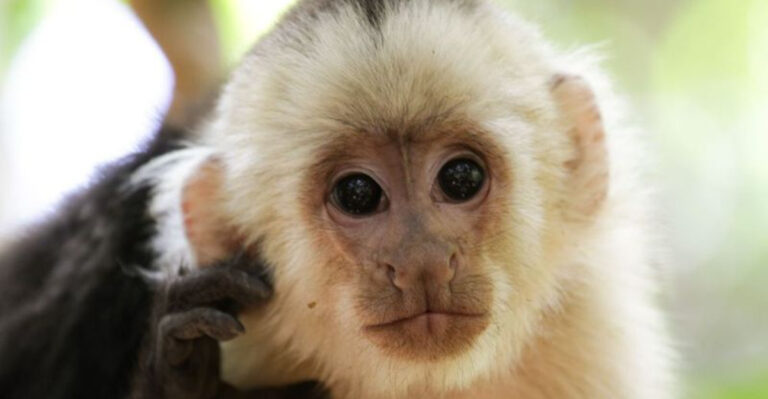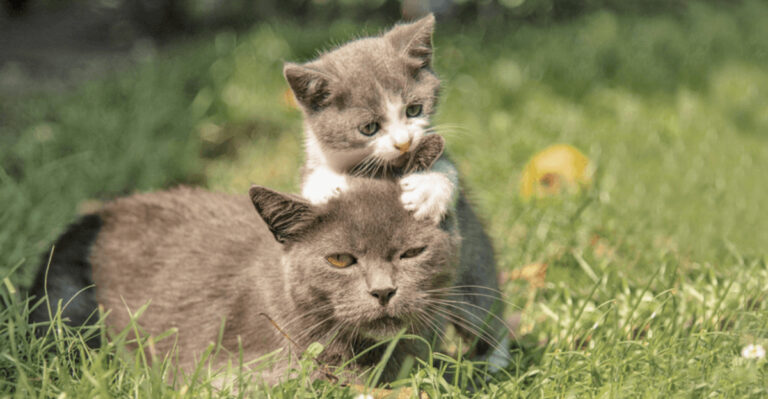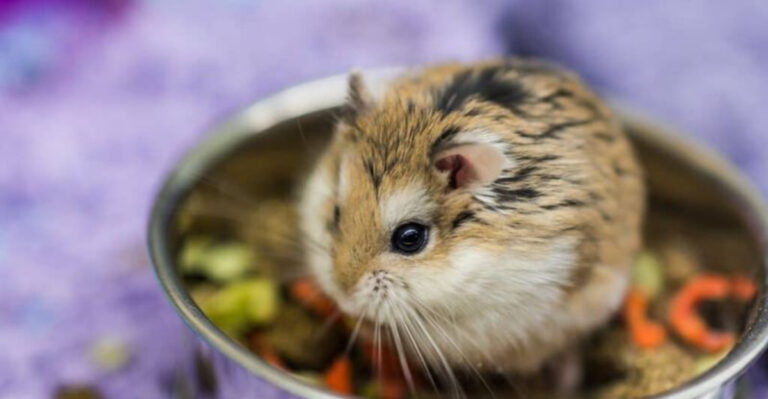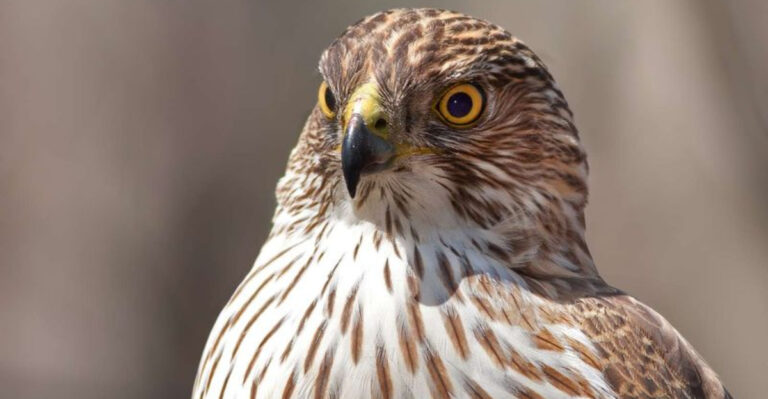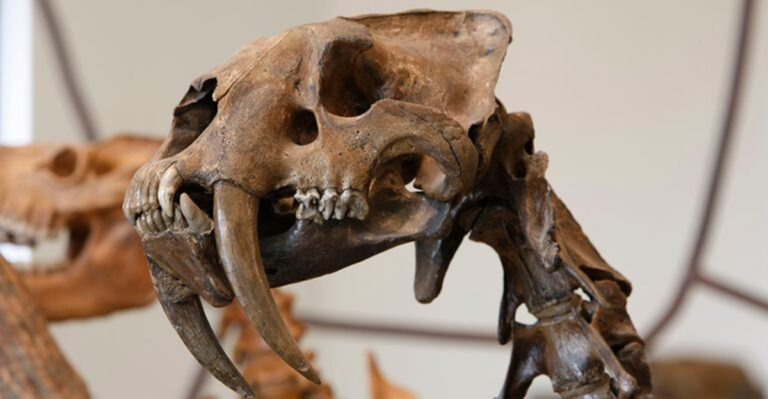11 Fun Facts About Kangaroos You Never Knew
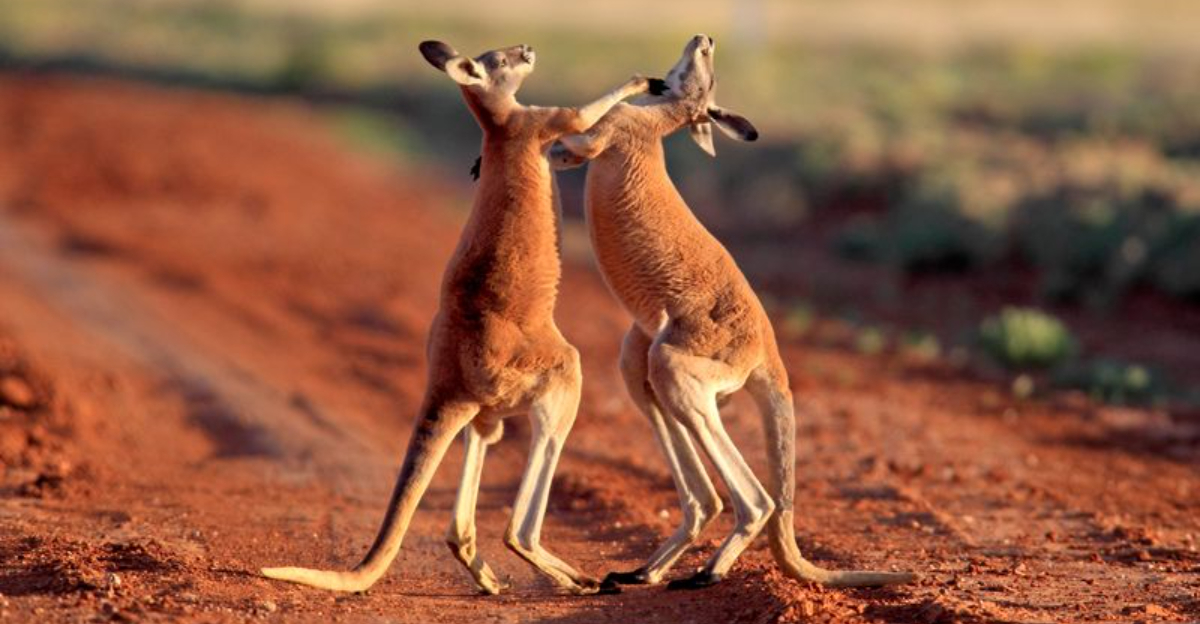
What if I told you that kangaroos, those iconic marsupials from Australia, have secrets that will leave you hopping with surprise?
These fascinating creatures are more than just symbols of the Outback. From their unique anatomy to their mysterious social behavior, kangaroos hold a treasure trove of fun facts that will change the way you see them forever.
1. Kangaroo’s Unique Hop
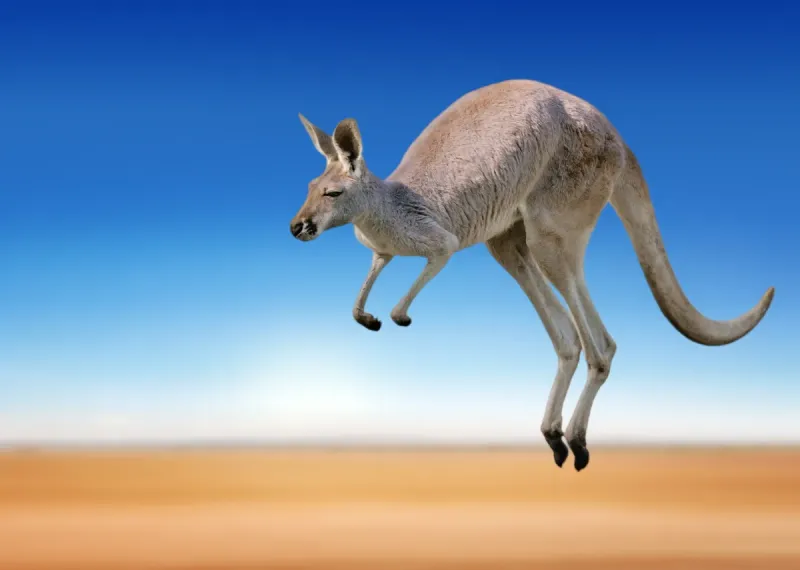
Kangaroos are the only large animals that hop as a primary means of locomotion. Their powerful hind legs and muscular tails enable them to leap forward in bounds that can reach up to 9 meters in a single jump. This unique form of movement is energy-efficient, allowing them to travel long distances across the vast Australian plains without tiring easily.
What’s even more fascinating is the way their body conserves energy. The tendons in a kangaroo’s legs act like springs, storing energy as they land and releasing it as they jump. This spring-like action reduces the amount of energy needed for each leap, making them one of nature’s most efficient travelers. Imagine gliding across terrains with minimal effort—it’s a marvel of evolutionary engineering.
Next time you see a kangaroo hop, remember the complex biomechanics at play, and how nature has perfected this method of travel over millions of years.
2. The Great Joey Adventure
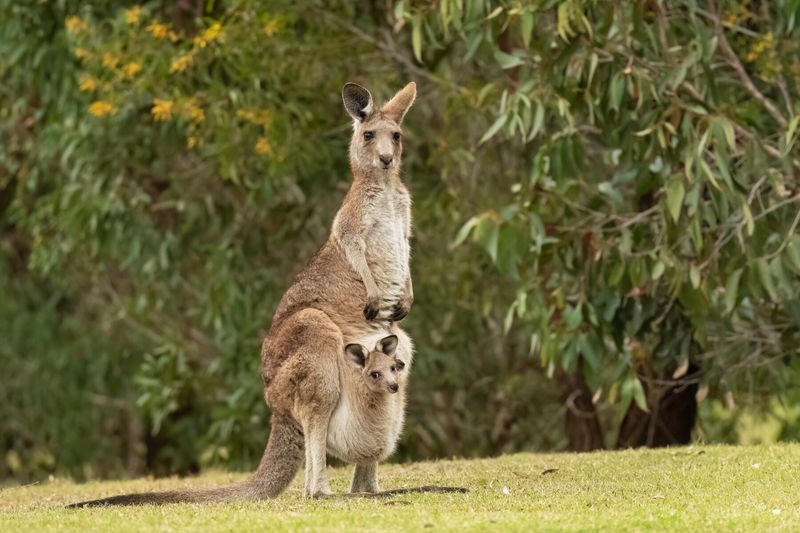
Kangaroo mothers carry their young in pouches, a feature that has fascinated people for centuries. These pouches are more than just a carrying case—they’re a nurturing space where a joey can grow and develop safely. Born after a gestation period of just 31-36 days, the tiny, underdeveloped joey instinctively crawls into its mother’s pouch to continue its development.
Inside the pouch, the joey attaches to a teat and remains there for about six months. During this time, it develops its limbs, fur, and gains the strength needed to explore the world outside. The pouch provides warmth, protection, and nourishment—essentially everything a growing joey requires.
As the joey grows more adventurous, it begins to poke its head out and eventually hops out for short explorations. This gradual weaning process prepares the young kangaroo for life on its own, blending independence with the security of returning to the pouch when needed.
3. Kangaroo Boxing Matches
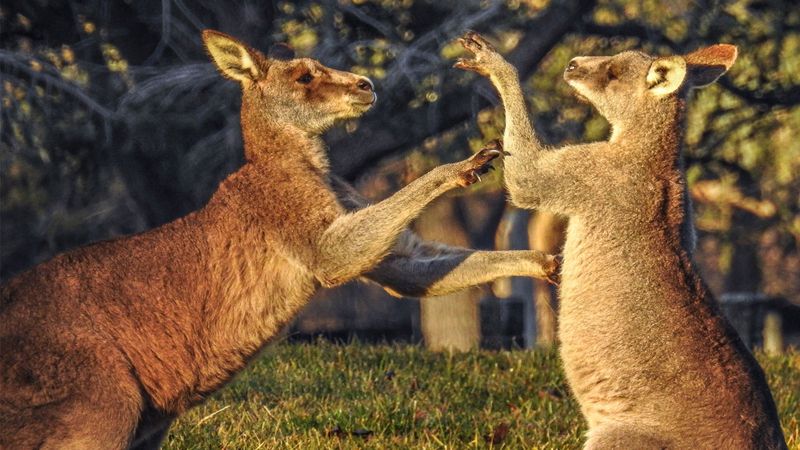
Kangaroos are known for their boxing matches, a behavior primarily observed among males. These matches are not just playful banter; they’re serious competitions for dominance and mating rights. During these bouts, kangaroos balance on their tails and use their powerful hind legs to deliver kicks while grappling with their forearms.
The spectacle can appear aggressive, but it’s a natural part of kangaroo social structure. These fights rarely cause serious injury, as they are more about showing strength and skill rather than inflicting harm. The winner of these contests often gains the right to mate with females, making them crucial for passing on genetic traits.
Observing a kangaroo boxing match is witnessing a unique blend of agility, power, and strategy. It’s a testament to the complex social dynamics and natural instincts that govern these fascinating creatures, showcasing their ability to communicate and compete without resorting to violence.
4. Kangaroo Communication Cues
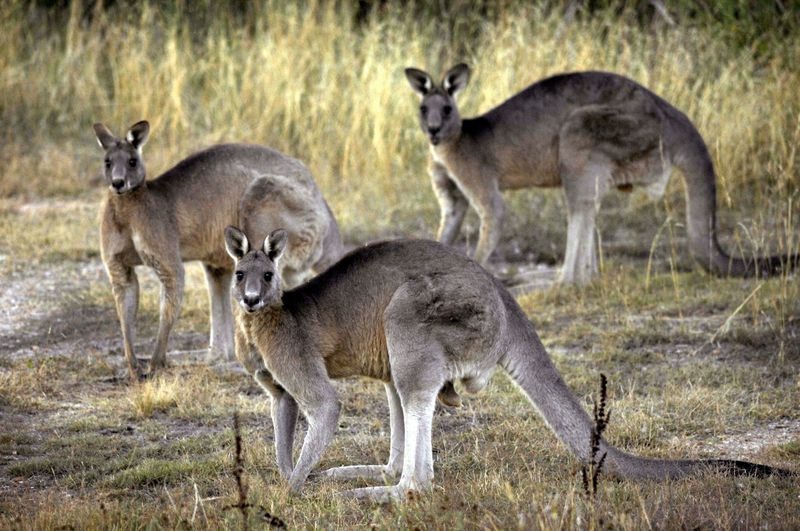
Kangaroos have an intriguing way of communicating that goes beyond vocalizations. They use a combination of body language, foot thumping, and tail flicking to convey messages to each other. This silent communication is essential for their survival in the wild, helping them coordinate movements and alert others to potential threats.
Foot thumping is particularly interesting—a kangaroo will stamp its foot on the ground to signal danger. This vibration travels through the ground and can be felt by other kangaroos, acting as an early warning system. Tail flicking, on the other hand, is used to express irritation or to direct another kangaroo’s attention to something specific.
These non-verbal cues are integral to kangaroo society, allowing them to maintain social bonds and navigate their environment effectively. The next time you observe kangaroos in the wild, try to notice these subtle signals—they reveal a rich tapestry of interaction and communication that goes unnoticed by the untrained eye.
5. Kangaroo’s Digestive System
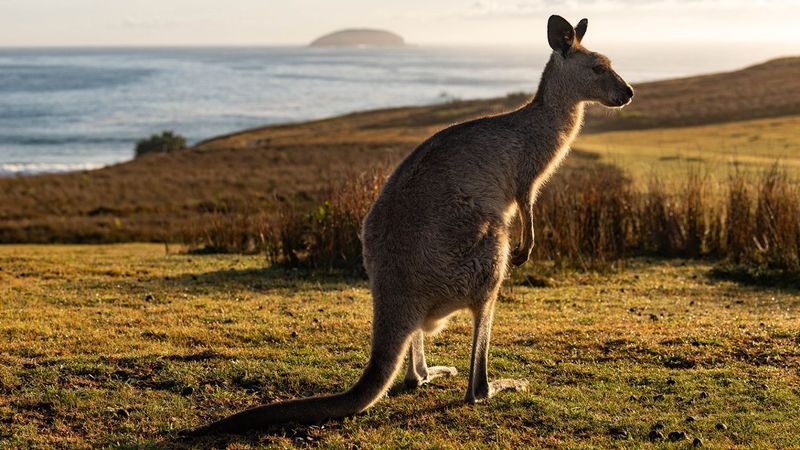
Kangaroos are herbivores, and their digestive system is uniquely adapted to their diet of tough, fibrous plants. Unlike many other herbivores, kangaroos have a chambered stomach similar to that of a cow. This allows them to break down cellulose and extract maximum nutrients from their food.
Their digestion process is aided by a special set of bacteria in their gut, which helps ferment the plant material and release vital nutrients. This fermentation process allows kangaroos to survive in harsh environments where food sources are limited. It also means that kangaroos produce less methane compared to other ruminants, making them relatively eco-friendly grazers.
Understanding the kangaroo’s digestive system highlights their role in Australia’s ecosystem. They keep grasslands healthy by controlling plant growth and contribute to nutrient cycling. This complex digestive process is a key factor in their ability to thrive in diverse habitats across the continent.
6. The Mystery Of Kangaroo Colors
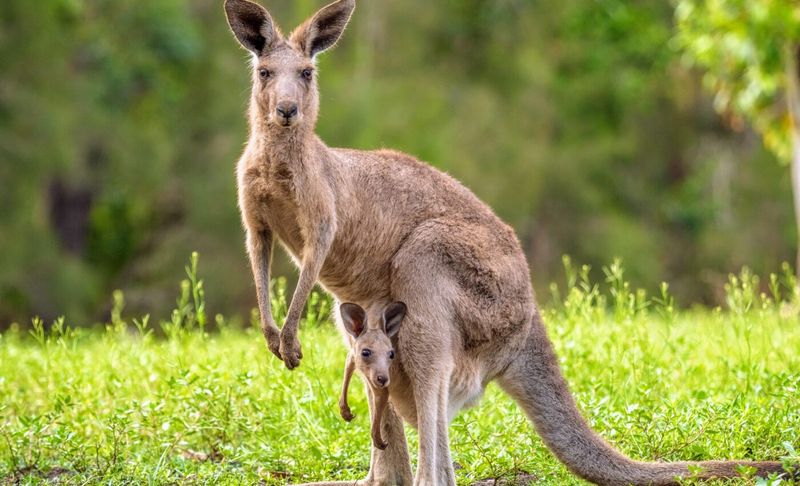
Kangaroos come in a variety of colors, ranging from light gray to deep red, and these hues are not just for aesthetics. The color of a kangaroo’s fur can serve multiple purposes, including camouflage and temperature regulation. In the wild, these colors help them blend into their surroundings, providing protection from predators.
The red kangaroo, for instance, is often found in arid regions and its reddish-brown fur reflects sunlight, helping it stay cool in the scorching heat. Gray kangaroos, on the other hand, tend to inhabit more wooded areas where their muted tones provide better concealment. This color variation is a remarkable adaptation that enhances their survival.
Kangaroo colors are a testament to nature’s ingenuity, showcasing how these animals have evolved to suit their environments. Next time you encounter a kangaroo, take a closer look at its fur—it tells a story of adaptation and survival in the diverse Australian landscape.
7. Kangaroo Social Structure
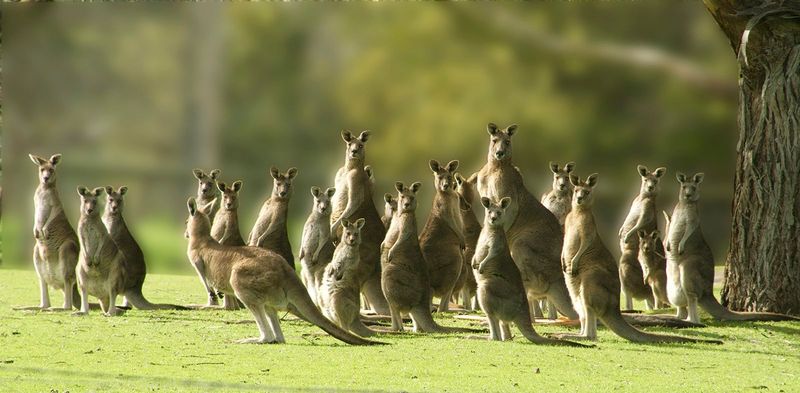
Kangaroos are social animals, often found in groups known as mobs. These mobs can range from just a few individuals to several dozen, depending on the availability of food and water. Living in a mob provides kangaroos with protection against predators, as there are more eyes to keep watch for danger.
The social structure of a mob is hierarchical, with dominant males leading the group. These alpha males are responsible for maintaining order and have preferential access to mating opportunities. Within the mob, kangaroos also form strong bonds, particularly between mothers and their joeys.
This social system plays a crucial role in the survival and success of kangaroo populations. It allows them to effectively defend against threats and ensures the continuation of their species. Observing a mob of kangaroos reveals their complex interactions and the importance of social bonds in the animal kingdom.
8. Kangaroos And Water Conservation
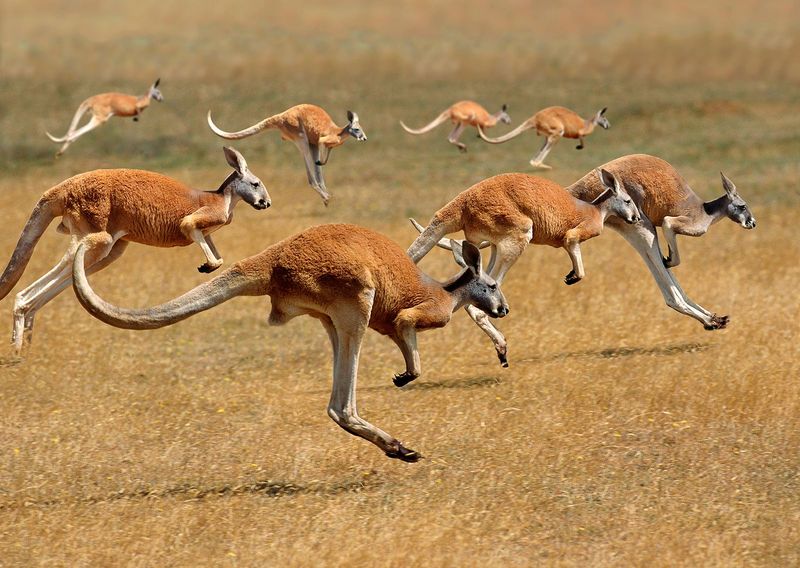
Kangaroos have remarkable adaptations for conserving water, an essential trait for survival in Australia’s often harsh climate. Unlike many animals, kangaroos can survive for long periods without direct water intake, obtaining moisture from the plants they consume.
Their kidneys are highly efficient at concentrating urine, minimizing water loss, and their ability to tolerate high body temperatures reduces the need for water to regulate their internal environment. These physiological adaptations allow them to thrive in arid regions where water is scarce.
Understanding kangaroo water conservation provides insight into how animals can adapt to challenging environments. It highlights the delicate balance of nature and how species evolve to overcome environmental pressures. Kangaroos serve as a reminder of the resilience required to survive in one of the world’s most challenging ecosystems.
9. Kangaroo’s Powerful Kick
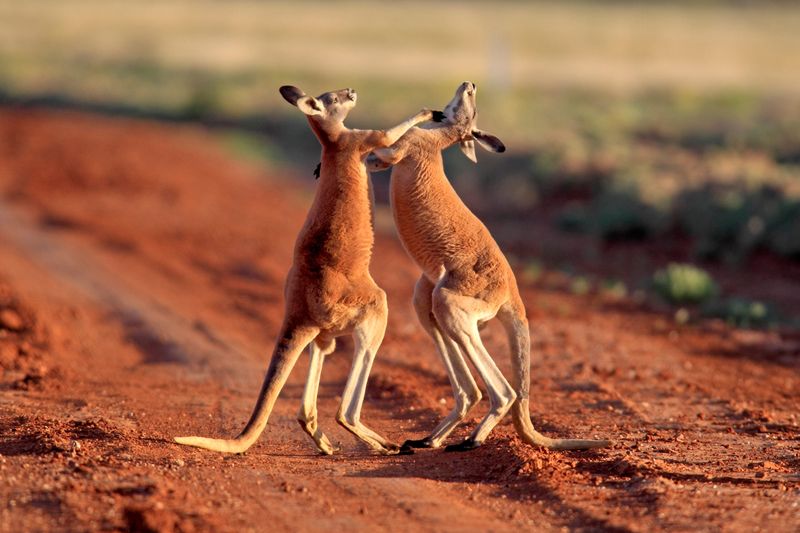
One of the most formidable aspects of a kangaroo is its powerful kick. These kicks are not just for show; they are a critical defense mechanism against predators and rivals. Using their muscular hind legs, kangaroos can deliver forceful kicks that are capable of inflicting serious injury.
The strength behind a kangaroo’s kick comes from its robust leg muscles, which are also responsible for their unique hopping ability. When threatened, a kangaroo will balance on its tail and thrust its legs forward, using its feet to deliver a powerful blow. This action is both defensive and strategic, discouraging potential threats from pursuing further.
The kangaroo’s kick is an impressive demonstration of natural weaponry, showcasing the balance between strength and agility. It underscores the adaptations that have evolved over time to ensure their survival in the wild. Observing this defensive behavior highlights the ingenuity of evolution in equipping animals with the tools needed for survival.
10. Kangaroo’s Role In Indigenous Culture
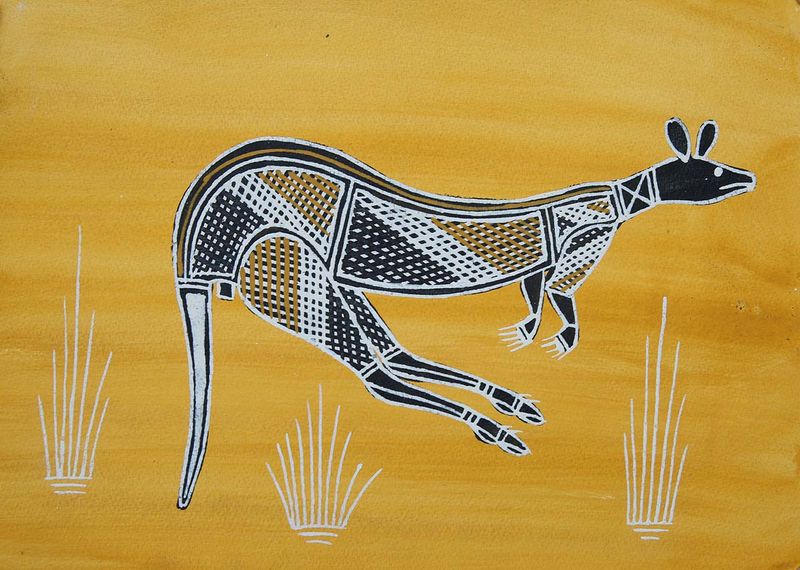
Kangaroos hold a significant place in Indigenous Australian culture, often featured in traditional stories, art, and ceremonies. They are seen as totems and symbols of strength, speed, and adaptability, reflecting their importance in the natural world.
For many Indigenous communities, kangaroos are also a vital food source, and their hunting is conducted with great respect and adherence to cultural practices. This sustainable use of resources reflects a deep connection to the land and a commitment to preserving the natural balance.
Understanding the cultural significance of kangaroos offers insight into the rich tapestry of Indigenous Australian history and traditions. It highlights the ways in which humans have coexisted with these animals for thousands of years, learning from their behaviors and incorporating them into cultural narratives. Kangaroos serve as a bridge between nature and culture, embodying the spirit of the land and its people.
11. Kangaroo’s Ecological Impact
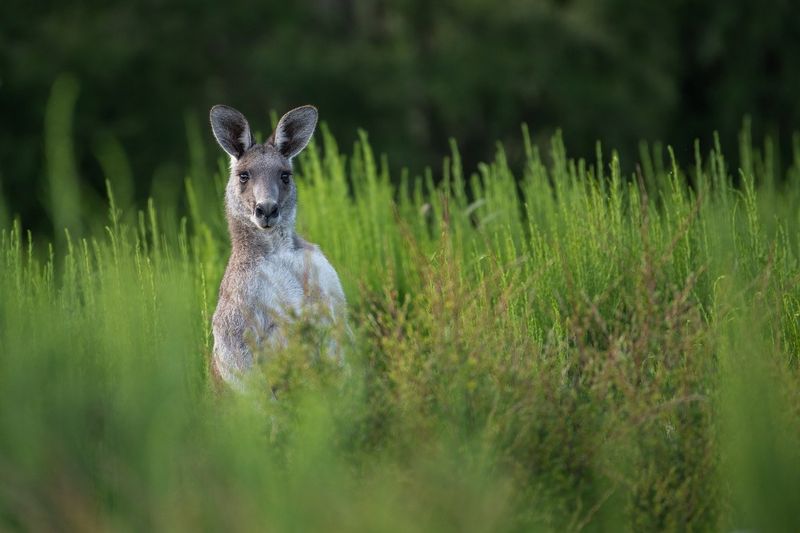
Kangaroos play a vital role in maintaining the ecological balance of their habitats. As herbivores, they help control vegetation growth, preventing overgrowth and promoting biodiversity. Their grazing patterns also contribute to seed dispersal, aiding in plant regeneration and habitat health.
Moreover, kangaroos are a key component of the food chain, serving as prey for large predators. This interaction helps maintain the population dynamics of other species, ensuring a balanced ecosystem. Their presence indicates the health of the environment, as they thrive in regions where the ecosystem is stable and diverse.
The ecological impact of kangaroos underscores their importance beyond being an iconic Australian symbol. They are integral to the functioning of their ecosystems, highlighting the interconnectedness of nature. Protecting kangaroo populations is essential to preserving the natural heritage and ecological integrity of the regions they inhabit.

